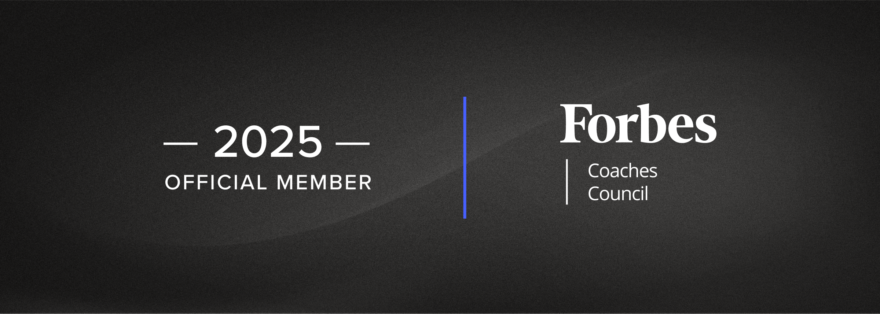Despite its potential to significantly enhance growth and efficiency, many organisations struggle to make cross-functional collaboration work. The obstacles—ranging from competing agendas and egos to miscommunication and untested assumptions—can derail even the best intentions. However, by prioritizing stakeholder engagement early, fostering diverse perspectives, and addressing challenges proactively, organizations can unlock substantial improvements in performance. This executive summary highlights the critical importance of collaboration, offering actionable strategies to navigate common challenges and achieve greater cohesion and productivity.
Improving cross-functional relationships and collaboration arguably represents one of the most significant organisational growth and improvement opportunities – why, then, are organisations not addressing this?

Perhaps it’s not so surprising when you consider the layers of competing agendas, egos and infighting, conflict, misinformation, and backchannelling. Added to that, there are the self-imposed elements of assumptions, personal limitations, and poorly articulated business cases that, despite having merit, never see the light of day.
I remember my first major change programme, where an entire team was ignored because we didn’t think the change would affect them. We overlooked their wants and needs for this significant change. We assumed they’d be fine and would get on with it. The decision was a mistake; the Department Head used their influence to block the change for their team. The project team had to regroup and rethink. This delayed the project, and chunks of the scope had to be removed to hit the delivery date.

Over the years, we have built and delivered countless leadership programmes for organisations across the globe. We include a business challenge to help with the application of learning, exposure to the wider business, and delivery of value back to the business. I love working with leaders, yet it astounds me that they never seem to grasp the importance of engaging stakeholders. We even share the experiences of previous groups’ successes and failures. Yet despite these warnings, they still trip over the same things as those that have gone before.
Business Challenge in Action
We see it constantly; take a recent business challenge we ran. One project group identified a business-wide project that could transform employee engagement. They formulated compelling business benefits: increasing productivity, boosting employee retention, and promoting the brand in local communities.
The group got their plan together and ran it by their mentor; they were all set and approached a large department representing a third of the workforce. Having them on board would make a wider rollout easier. When they presented their ideas to the Head of Department, they assumed their excitement would be shared, but they hit a brick wall. The Head of Department highlighted obstacle after obstacle, insisting they go away and fix it. The group were understandably disheartened.
In the learning review, we explored what they could have done differently. How might they have engaged the stakeholders differently, gaining the department’s perspective? What assumptions did they make? How might they have felt had the boot been on the other foot?
This experience is a microcosm of how organisations do business every single day, and there is immense learning on offer. Failing to collaborate and engage stakeholders causes unnecessary delays, missed milestones, wasted time, effort, and resources.
We are all guilty of making assumptions, from whether someone will get involved or not to whether someone has the time, knowledge or skills, or not to be able to help. We may not even like them or want their help, even though this may be us cutting our noses off to spite our faces. Our egos can get in the way.
We avoid ‘difficult’ personalities; we circumvent them or bury our heads in the sand, hoping they won’t be an issue. But inevitably, they are, and this creates roadblocks and wasted time. If someone ignores your needs or fails to engage you, you will feel like making things difficult.

Learning from Experience
No one likes changes imposed on them; we want to be involved, to feel that you have listened, heard and understood our perspective. Involving me in change in this way helps to gain my buy-in and increases your chances of success. The ‘people factor’ is a major cause of change programmes failing to achieve their intended outcomes. So, what’s the answer?
When the business challenge group reflected, they quickly realised they should have engaged and involved their stakeholders earlier, making buy-in easier. They recognised their excitement for their project, but it was not matched by the department head because they had their own issues and priorities to focus on. They weren’t excited; instead, they felt ambushed. Involving them earlier would have helped them feel the time had been taken to understand their department’s challenges, and they might have offered solutions. They may still have resisted, but the plan could have been adapted much earlier. Instead, they lost time, had to replan, and took longer to realise the project’s benefits.
Consider my experience of large-scale projects. If we had not cut corners, we could have explained what was happening, understood stakeholder needs and engaged others in making it work. This would also have avoided us delivering a substandard result.
In my experience, not engaging stakeholders well or, worse, ignoring them will catch you out when you least expect it. It’s far better to be proactive; you may as well spend more time getting them on board early rather than trying to recover later.
There are no shortcuts to involving people, so why not do it early and confront the issues up front? This way, you can engage with them on the solution and find ways to modify your approach for mutual success.
For many businesses, the ability to collaborate and execute effectively is underwhelming at best, and yet they still get results! Imagine if they got their act together and collaborated better—they’d be unstoppable!

My key learnings over the years are:
- Explore who could help and who could get in your way.
- Engage stakeholders early, be proactive and build relationships.
- Start every interaction from their perspective – ‘seek first to understand’, as Stephen Covey says.
- Have a plan to influence others and mitigate potential blockers.
- Focus on the ‘why’ when presenting your ideas and goals/ Don’t get hung up on the how; be flexible and bring any conflict back to the ‘why’.
- Don’t do all the work; involve stakeholders in solving problems; they probably have a better view.
- Test, test and test assumptions, beliefs and biases.
- Be aware of your self-talk; your mindset, if not managed, will trip you up.
This article first appeared on Forbes.com on 5th September 2024
Ricky has been a regular contributor to the Forbes Councils since 2023, where he shares his perspectives on all things leadership, change, culture and productivity, all with Thinking Focus’ unique perspective on metacognition, or as we prefer to say, thinking about thinking.



